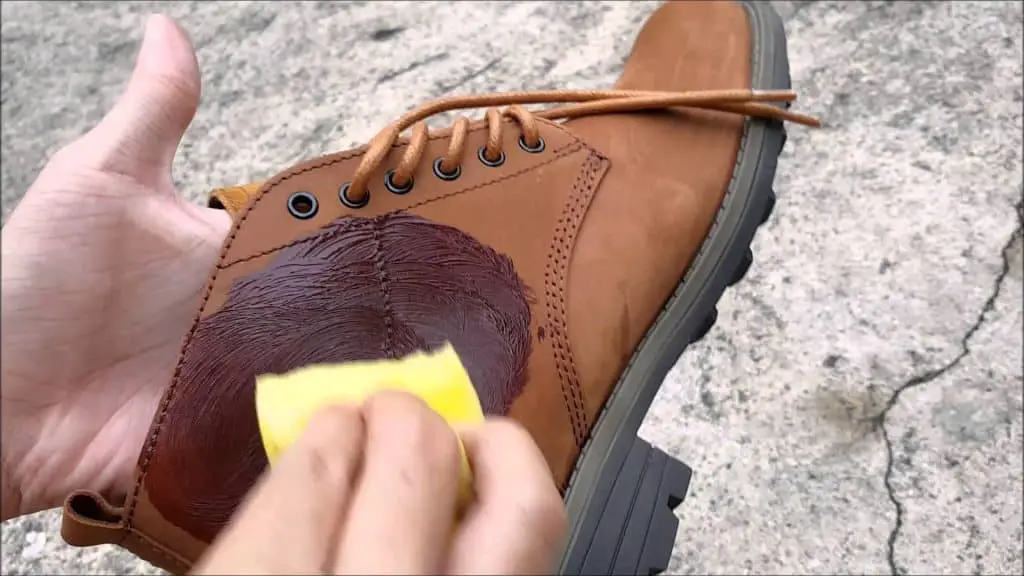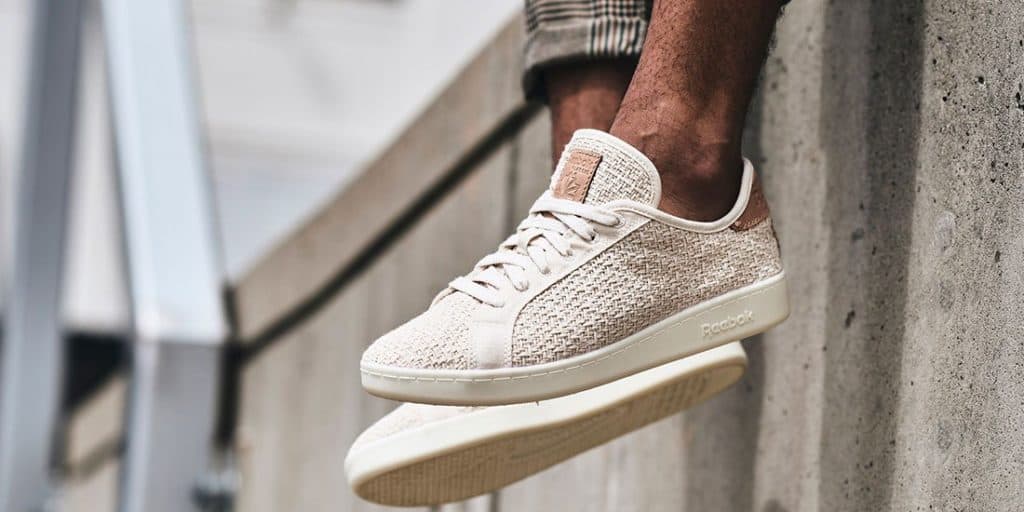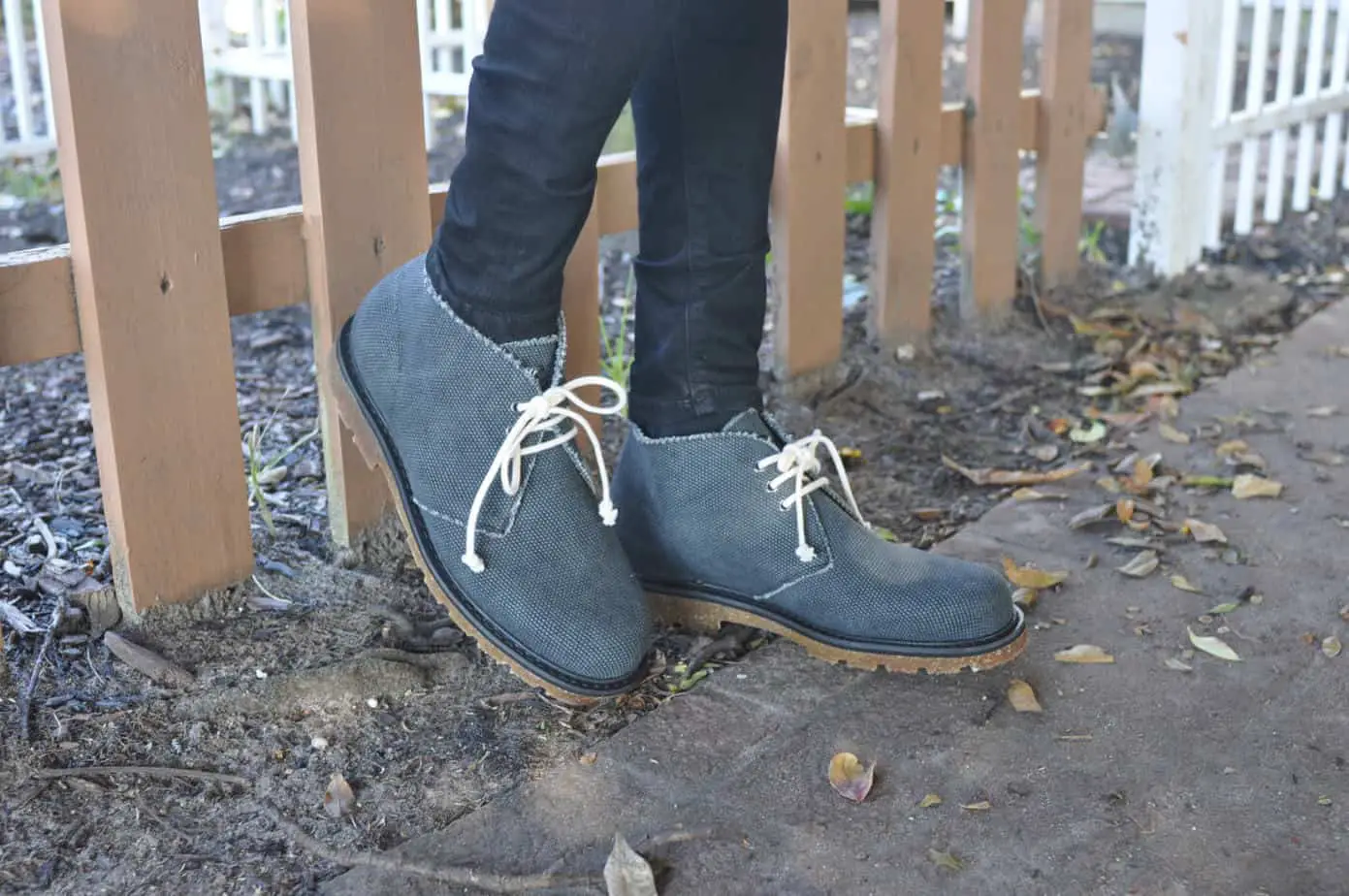Being vegan is not just about not eating or drinking animal-based products; it is about not consuming or using any product that comes at the expense of animal exploitation, which is a challenging thing to do.
Viewing fashion through the lens of veganism is both scary and enlightening because you now know what is happening and what to do to avoid participating in it. No one really expects that creating shoes could be so cruel, but here we are.
If you want to buy your first vegan shoes, but you feel like you have too many questions, this is a good place to start.
Non-Vegan Materials to Avoid in Shoes
Leather, Suede, and Nubuck

You don’t need much research or awareness to realize that leather isn’t vegan. Leather is the major culprit in the shoe industry, as it is one of the most commonly used materials.
Animals are mutilated and tortured in both the leather and meat industries, so don’t believe anyone that tells you that leather is just a by-product of other industries or that animals aren’t killed for their skin.
Suede is a sneakier criminal that is hiding in plain sight, which is known for its soft, thin, and fluffy texture, compared to normal leather.
It is torn from the underside of animal skin, in particular, lambs, deer, goats, calves, and pigs. The cruelty that comes from force breeding to slaughtering and skinning these poor creatures just for fashion can keep you up at night.
Nubuck is also leather, but it is made from the outside of the animal’s hide, usually a cow, deer, or elk. It has a very similar texture to suede to the point that many people mix them up, but what they really have in common is the inhumanity of their origin.
Animal Glue
Animal glue is the invisible bad guy. You don’t see it, and you presume many non-vegan shoes to be vegan because of it, which is why you need to ask what “other materials” on the label means. Animal-based glue is made from boiling animal bones, skin, or blood.
The more affordable and stronger alternative would be synthetic adhesives. Thankfully, it has become more popular since the 1930s because of its low price and practicality. However, we still need to make sure that our shoes are 100% free of animal glue, or at least try.
Vegan Alternatives
Cotton and Linen

Cotton is amazing when you think about it. It is hypoallergenic, which means anyone that has allergies or with easily irritated skin can still wear it. In addition, it is breathable and comfortable in hot weather. Finally, it is a sustainable fabric.
Like cotton, linen is your friend in warm climates because it is made from flax, which is a natural insulator. So, it is comfortable to wear in all seasons, not just summer. Furthermore, it is durable and sturdy. If you care about sustainability, linen is what you’re looking for.
Piñatex
Piñatex is leather that is made from pineapple leaves as a by-product of the existing pineapple growing industry, so it is the most sustainable option because it makes use of a waste product. It is a must-have for leather lovers who don’t want to hurt animals in the process.
There are other leather alternatives in fruits such as apple, orange, and grape leather.
Microsuede
If you’re a fan of suede and nubuck shoes, chances are you’ll love the cruelty-free alternative: microsuede shoes. Microsuede is a man-made polyester fabric that was made in the 70s.
Unlike actual suede, microsuede is breathable, durable, water-resistant, and stain-resistant. So, you have all the reasons to get microsuede shoes instead of suede ones.
Gore-Tex™
Hikers, runners, and all athletes rejoice! This membrane, not fabric, is lightweight, windproof, waterproof, and yet breathable, which allows water vapor to pass through and repels liquid water.
This construction makes it perfect for long activities where you need to keep your feet dry and comfortable.
Step to Make Sure the Shoes Are Vegan
1. Inspect the shoes physically. Feel the uppers, lowers, midsoles, outsoles, and everything because many people mistake shoes with only vegan uppers for being vegan shoes.
2. Familiarize yourself with the symbols on the tag. The non-vegan symbols are of animal hides, while vegan symbols are diamonds and crosshatches.
3. Ask. Ask manufacturers, customer service, your friends, or anyone more informed in the vegan community. It is okay to be confused by all of this, especially if you’re new.
4. Research 100% vegan fashion brands and shoemakers in your area or online to spare yourself the need to inspect their products.
Final Thoughts
Before you get overwhelmed with how much research it takes to find your next vegan shoes, be happy and proud that you’re making so much effort for a good cause.
Stay away from leather, suede, and nubuck. Try as much as possible to avoid animal-based glue. Look for cotton, fruit leather, microsuede, and Gore-Tex shoes. Finally, ask around whenever you have questions.







![[Company Profile] Will's Vegan Shoes: The Best Products They Offer 27 Will's Vegan Shoes](https://getvegan.com/wp-content/uploads/2021/10/wills-vegan-shoes-280x210.jpg)
![Everything You Need to Know About Vegan Shoes [Ultimate Guide] 37 vegan shoes guide](https://getvegan.com/wp-content/uploads/2021/07/vegan-shoes-280x210.jpg)
![[Company Profile] 15:21: The Best Products They Offer 40 15:21 Company Profile](https://getvegan.com/wp-content/uploads/2021/07/1521-store-1-280x210.jpg)
![[Company Profile] Matt & Nat: The Best Products They Offer 43 Matt and Nat](https://getvegan.com/wp-content/uploads/2021/04/matt-nat-280x210.jpeg)
Leave a Reply